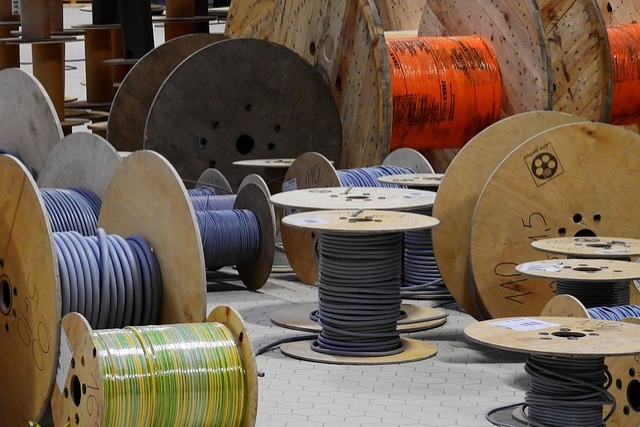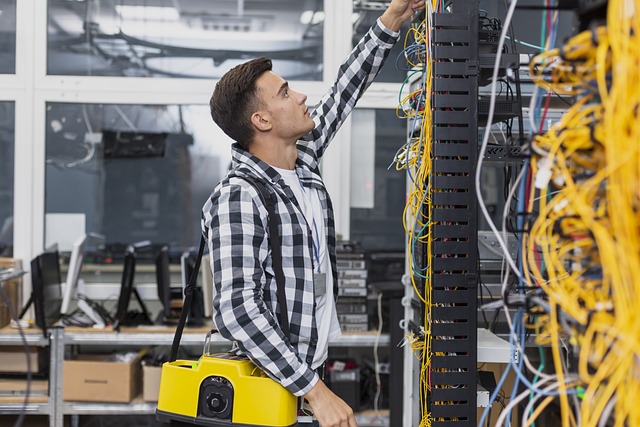Custom industrial cabling is one of Electrolomas' lines of activity. This possibility focuses on producing…

Industrial cabling: types and how to choose them
Industrial wiring is specifically designed for the power supply of safe industrial installations. Safety is therefore one of the main advantages of wiring. In practice, it is widely used to supply power to all kinds of low-voltage devices such as machines in vehicle workshops.
A wide variety of cables
There are several types of cables in the industry that are worth knowing in depth:
- Optical fibre. This is one of the cables that has contributed the most to transforming people’s lives, as it is the one most commonly used to install Internet service. It is characterised by the use of light pulses to transmit data, an attribute that favours high speed and enables it to transmit over long distances.
- Lighting. This is another essential cable. It maintains working environments at optimum levels of safety and efficiency. It is used to provide power in any environment. The most notable advantages of its use are its high resistance and durability, while at the same time it has sufficient capacity to withstand high temperatures and hostile environments.
- Industrial alarms. They are used in fire protection and other emergencies in order to protect human lives as well as to neutralise major damage to installations. In practice, they are used to connect certain smoke and heat detection systems, as well as for sound alerts.
- Robotics. Machines that automate industrial processes are essential in any industry. Industrial robotic cabling plays a crucial role in the control and communication between robots and their corresponding control systems.
¿Cómo elegir el cableado industrial?
Saber elegir el cableado industrial no es fácil. La dificultad radica en que se trata de una decisión importante. No en vano, se trata de una inversión a medio y largo plazo. Electrolomas ofrece varios consejos para que esta elección sea lo más acertada posible.
En primer lugar, hay que comprobar las necesidades eléctricas antes de adquirir cualquier tipo de cable. Por ejemplo, es fundamental asegurarse de que el cable puede soportar la tensión máxima permitida por el sistema.
Del mismo modo, hay que identificar el entorno en el que se instalará. Pero, ¿cómo se hace esto? Compruebe que la temperatura es óptima para que el tipo de cable en cuestión funcione con seguridad. La exposición a productos químicos y abrasivos, así como la humedad y el agua son factores que hay que tener en cuenta.
And finally, regulatory compliance is a must to ensure safety. Standards and certifications are imperative to ensure the efficiency and reliability of industrial cables.
In short, there is a wide range of industrial cabling available on the market for all types of uses and applications. However, knowing how to choose the right one is a priority. If you require advice, it is advisable to contact Electrolomas.



